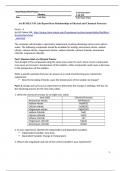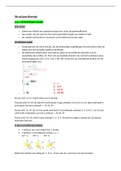Examen
CHEM Act B5 HEAT-SI Lab Report Heat Relationships in Physical and Chemical Processes
- Cours
- Établissement
CHEM Act B5 HEAT-SI Lab Report Heat Relationships in Physical and Chemical Processes/CHEM Act B5 HEAT-SI Lab Report Heat Relationships in Physical and Chemical Processes/CHEM Act B5 HEAT-SI Lab Report Heat Relationships in Physical and Chemical Processes
[Montrer plus]




